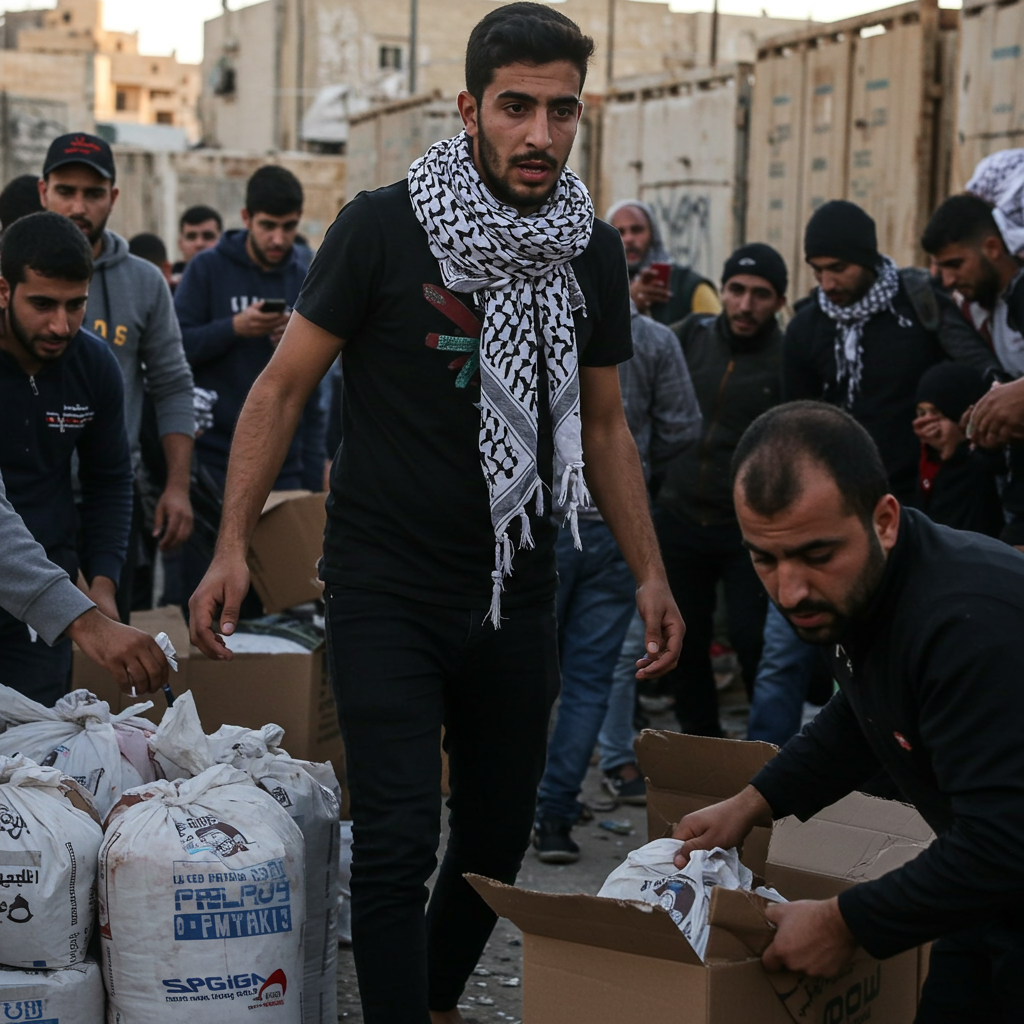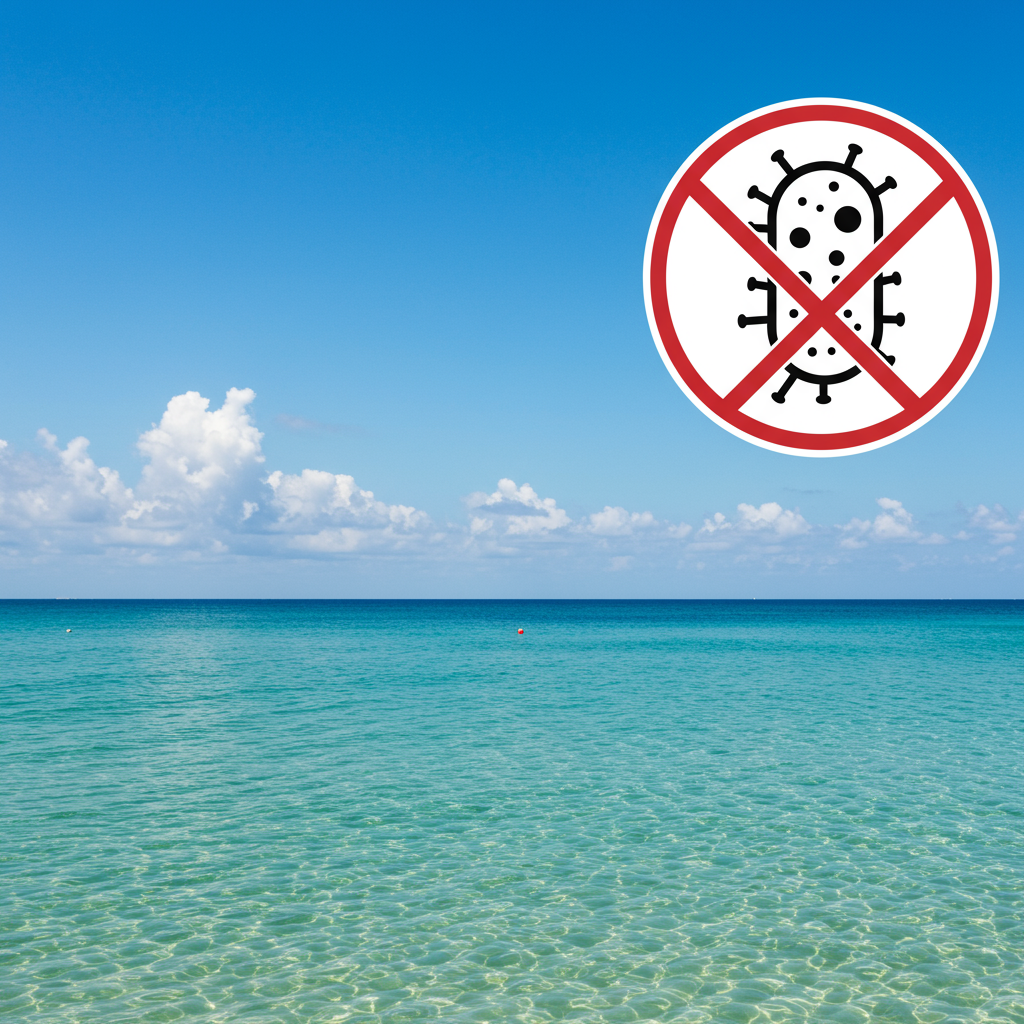Gaza faces a deepening humanitarian catastrophe as a series of deadly incidents near aid distribution points reportedly results in scores of Palestinian casualties. Reports from inside the territory paint a grim picture of desperate civilians facing gunfire and chaos while attempting to secure essential food supplies.
Escalating Violence at Aid Sites
Recent days have seen multiple reports of shootings near sites designated for humanitarian aid distribution in central and southern Gaza. According to the Hamas-run Gaza Ministry of Health, at least 66 Palestinians were tragically killed in separate incidents near aid sites on two consecutive days alone (Tuesday, June 10 and Wednesday, June 11, 2025). Another incident reported early Monday (June 9, 2025) near a Rafah distribution point resulted in 14 deaths and over 99 injuries, according to Gaza health officials and local hospitals, with witnesses alleging fire came from both Israeli forces and allied local gunmen. The Ministry of Health states that over 127 people have been killed and hundreds wounded in similar incidents since a new aid distribution system began operating last month. Disturbingly, daily incidents near these sites have become commonplace since late May.
Eyewitness accounts describe scenes of extreme danger, with crowds attempting to reach aid locations sometimes allegedly coming under fire from Israeli troops or local armed groups. In one instance near the Netzarim Corridor, reports claimed Israeli tank and drone fire targeted civilians, while the Israeli military stated troops fired warning shots at individuals they deemed a threat in an active combat zone and were reviewing reports of casualties. Following another incident, the IDF confirmed firing “warning shots” but stated they were fired “hundreds of meters” away before the site opened and disputed casualty numbers didn’t align with their information. Beyond gunfire, there are also reports of people being crushed by lorries or shot by other Palestinians.
The Controversial Aid System
The current aid distribution mechanism at the heart of these incidents is run by a private contractor, the Gaza Humanitarian Foundation (GHF), which is backed by the United States and Israel. This system took over aid delivery from May 19, after Israel lifted an 11-week blockade on aid entering the Strip. Israel and the U.S. state the GHF system aims to bypass Hamas, an accusation the UN has disputed evidence of systematic diversion for, and which Hamas denies.
However, the GHF operation has faced significant criticism. UN agencies and major aid groups have reportedly refused to cooperate with the GHF, arguing it is insufficient to meet Gaza’s vast needs and raising concerns that it may be linked to Israeli military objectives. The traditional UN-led network utilized numerous distribution points, reducing the distance and danger for civilians seeking aid.
Adding to the confusion, the GHF has reportedly closed its distribution sites multiple times due to security incidents. While updates are sometimes posted on social media, a widespread internet blackout – lasting for days at a time – makes accessing this crucial information nearly impossible for most people, further exacerbating the chaos. Reports suggest many people waiting for aid may not know the sites are closed, sometimes staying nearby hoping for them to reopen.
Deepening Humanitarian Crisis
The lack of consistent, safe aid delivery, combined with the internet blackout, is plunging Gaza’s population into even deeper desperation. With local food production capabilities largely destroyed by the ongoing conflict, Gaza’s approximately 2 million residents rely almost entirely on external assistance. Aid groups and the United Nations continue to warn that Palestinians in Gaza face an imminent risk of extreme starvation and famine, despite the lifting of the aid blockade. The current system struggles to provide enough food for everyone in need, operating in a volatile environment.
Critical State of Healthcare
Amidst the violence, medical facilities are struggling to cope. There is increasing alarm among aid groups and medics regarding the status of Nasser Hospital in southern Gaza, a critical healthcare hub. The International Committee of the Red Cross (ICRC) has warned that the hospital is facing significant difficulties functioning. While initial reports suggested a mass exodus of staff, the ICRC later clarified that Nasser Hospital had lost approximately 10% of its healthcare workers.
Medical professionals who have served at Nasser Hospital underscore its irreplaceable role in southern Gaza. Dr. Victoria Rose, who worked there, highlighted that it is the only hospital in the region equipped with essential facilities like ITU beds, a CT scanner, oxygen generation, haemodialysis, and a blood bank. Both Dr. Rose and Dr. Feroze Sidwa have issued urgent calls for international support, protection, and resupply for the hospital and its staff, warning that its failure would result in hundreds of immediate deaths and force all necessary surgery into makeshift tents. Nasser Hospital’s ability to provide vital treatment, particularly for the growing number of people injured near aid distribution points, is under severe strain.
The ongoing conflict began over 20 months ago, following the Hamas-led cross-border attack on Israel on October 7, 2023, which Israel states resulted in approximately 1,200 deaths and 251 hostages taken. According to the Gaza Ministry of Health, the death toll in the territory has since surpassed 55,000, with over 127,000 injuries reported amidst the devastating Israeli military campaign. The cycle of violence near aid distribution points underscores the dire and deteriorating conditions for civilians trapped by the conflict.




